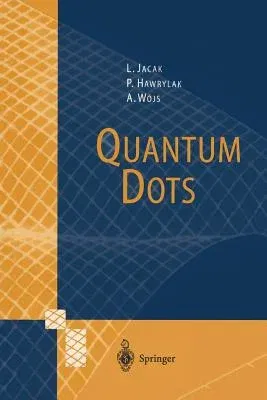We present an overview of the theoretical background and experimental
re- sults in the rapidly developing field of semiconductor quantum
dots - systems 8 6 of dimensions as small as 10- -10- m
(quasi-zero-dimensional) that contain a small and controllable number
(1-1000) of electrons. The electronic structure of quantum dots,
including the energy quan- tization of the single-particle states (due
to spatial confinement) and the evolution of these (Fock-Darwin) states
in an increasing external magnetic field, is described. The properties
of many-electron systems confined in a dot are also studied. This
includes the separation of the center-of-mass mo- tion for the parabolic
confining potential (and hence the insensitivity of the transitions
under far infrared radiation to the Coulomb interactions and the number
of particles - the generalized Kohn theorem) and the effects due to
Coulomb interactions (formation of the incompressible magic states at
high magnetic fields and their relation to composite jermions), and
finally the spin-orbit interactions. In addition, the excitonic
properties of quantum dots are discussed, including the energy levels
and the spectral function of a single exciton, the relaxation of
confined carriers, the metastable states and their effect on the
photoluminescence spectrum, the interaction of an exciton with carriers,
and exciton condensation. The theoretical part of this work, which is
based largely on original re- sults obtained by the authors, has been
supplemented with descriptions of various methods of creating
quantum-dot structures.


